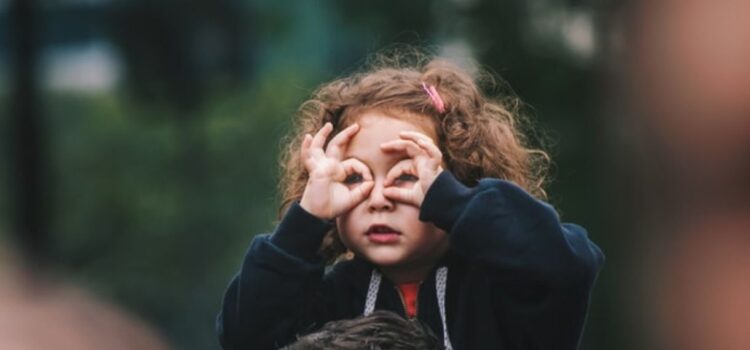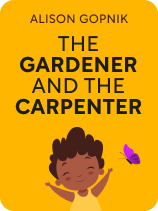

This article is an excerpt from the Shortform book guide to "The Gardener and the Carpenter" by Alison Gopnik. Shortform has the world's best summaries and analyses of books you should be reading.
Like this article? Sign up for a free trial here.
How do children learn? What parenting model nurtures children’s learning styles?
Children learn primarily by watching and listening. In The Gardener and the Carpenter, Alison Gopnik argues that a supportive parenting style—rather than a controlling one—fosters this learning most effectively.
Keep reading for the best way to help your child learn and grow so they can be the best version of themselves.
Supporting Instead of Controlling: How Children Learn
Gopnik notes that there’s a major flaw in the modern parenting model: We believe we’re supposed to consciously control how and what children learn so we can shape them into who we think they’re supposed to be. However, children learn constantly and automatically, and it’s impossible to control who they’ll become. Thus, instead of trying to control what they learn, we should be creating supportive environments that facilitate children’s natural learning tendencies and drives.
To understand the nature of the gardener relationship with the child, it’s essential to understand how children learn and develop and to support them in those processes. So, how do children learn? Gopnik highlights two major ways in which children learn: observational learning (learning by watching others and imitating them) and learning from testimony (learning by listening to others).
(Shortform note: Much of Gopnik’s advice is based on personal experience and observations, but many experts agree that parents should be attuned to their children’s natural tendencies and traits and use that understanding to supportively guide them through life. Specifically, they suggest that parents should still help children identify and navigate positive and negative trajectories in life, but they should respond to the child’s own trajectories—and specifically, their learning trajectories—and support them in achieving those.)
Observational Learning and Imitation
Observational learning occurs when children observe others and learn from what they see, often imitating others’ behavior to learn more deeply. Children don’t have to be told that someone is teaching them something in order to learn. They learn not only activities that they see but also activities that adults do with them, and Gopnik implies that this is the best way to teach—not with the goal of creating knowledge, but with the goal of doing things together, which she describes as love in practice.
Gopnik cites various studies that show how children learn through observation. Kids pay close attention to the intention behind a behavior—meaning they imitate not just the behavior itself but the goal behind the behavior. If they see an adult deliberately turn on the TV using a remote control, for example, they’re more likely to imitate that behavior than if they see an adult turn on the TV accidentally by sitting on the remote control. They also notice and come up with alternative ways of doing things, including ways to make an action more efficient—for instance, if they see someone taking unnecessary steps to accomplish something, they’ll often learn to eliminate those steps and streamline the process to achieve the goal.
Learning Through Testimony
While almost all animals learn through observation, Gopnik argues that humans are unique in their ability to learn through language. We can explain things to each other orally, and as we grow older we can recognize and decode signs and symbols in print to understand their meaning (in short, we can read). Because of this, talking and reading to children is hugely important to their development, and Gopnik notes it as one of the few genuinely effective ways caregivers should consciously teach children because it creates an environment that facilitates growth and learning.
However, in keeping with the gardener model, making a deliberate plan about how you’ll use language to teach a child isn’t likely to have much effect because you can’t control how they process and interpret that information. You can only offer it to them so they can use it to grow, like plants in a garden.

———End of Preview———
Like what you just read? Read the rest of the world's best book summary and analysis of Alison Gopnik's "The Gardener and the Carpenter" at Shortform.
Here's what you'll find in our full The Gardener and the Carpenter summary:
- The difference between gardner and carpenter parenting styles
- Why parenting should not be a form of work but an act of love
- How the schooling model fails to effectively support children’s learning






